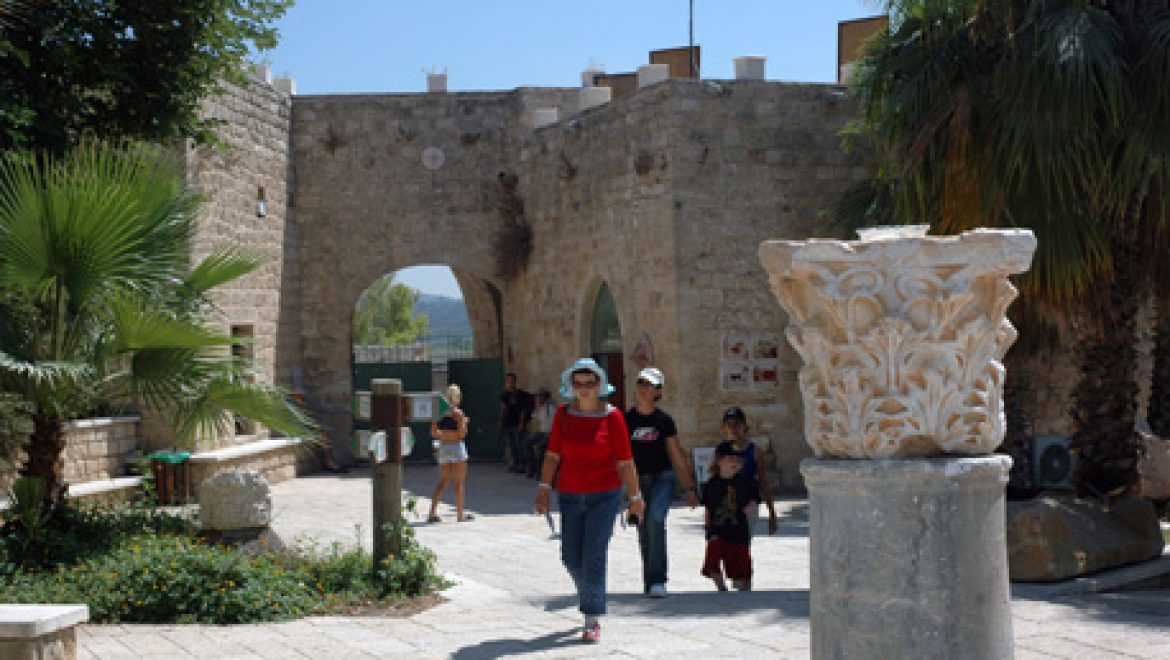
The Shuni Fortress and the land surrounding it bear major historical significance. Once a Jewish Talmudic village, the Romans built an amphitheater where they gathered for water celebrations. The Crusaders fortified Shuni and the Ottomans built there a large fortress which was in turn used both as a granary by Arabs and, immediately before Israel’s independence, as a training based for the Jewish underground movement Irgun (Etzel).
From 1948, the Shuni region was uninhabited until 1986 when KKL-JNF undertook a massive project of excavating and renovating the Shuni fortress and the surrounding region. Two articles provide a snapshot of the work they’ve done there between then and now.
1. A 1987 article from the Jewish Telegraphic Agency archive describes the KKL-JNF’s plans when this was just a fledgling project:
The JNF’s plans, estimated to cost $1 million, include a thoroughly developed area of about 15 acres, called Jabotsinky Park, neighboring Nahlat Jabotinsky. They intend to set up an amphitheater for special events, picnic areas, hiking facilities and parking areas. But its piece de resistance will be an archaeological garder surrounding Shuni Fortress. And, of course, there will be tens of thousands of trees, named for Jabotinsky.
2. A description of the Jabotinsky Shuni Park as it looks today from KKL-JNF’s website:
…the location has transformed the location into a charming natural beauty spot. Around the site, a park in memory of Zeev Jabotinsky has been created over an area of 160 dunam (approx 40 acres), complete with extensive lawns, picnic tables and parking areas…The Shuni site itself is situated within the confines of the park, and the remains of the Roman theater can be visited there.
Photo: KKL-JNF Archive


